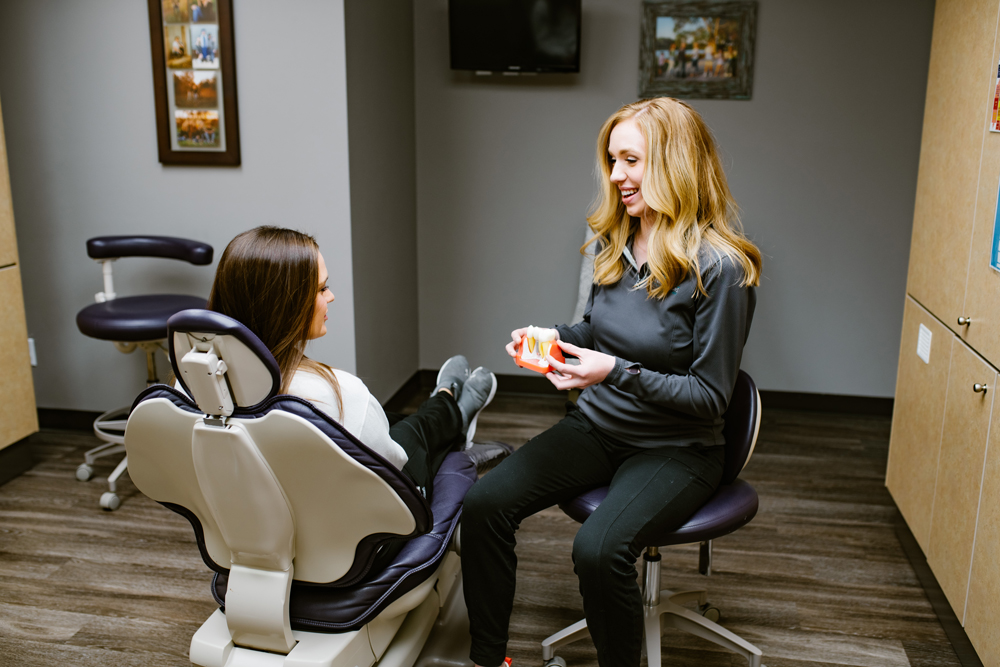
Brushing and flossing are everyday ways to keep your teeth bright, white and healthy. Still, if you might feel like your smile is lacking some sparkle or is more yellow than it used to be, you’re not alone. When the American Academy of Cosmetic Dentistry asked people what they’d most like to improve about their smile, the most common response was whiter teeth. The American Association of Orthodontists also found that nearly 90% of patients requested tooth whitening.
Thinking about teeth whitening? Get the facts first.
Here are five of the most commonly asked questions about the process.
Over time, your teeth can go from white to not-so-bright for a number of reasons:
Teeth whitening is a simple process. Whitening products contain one of two tooth bleaches (hydrogen peroxide or carbamide peroxide). These bleaches break stains into smaller pieces, which makes the color less concentrated and your teeth brighter.
No, which is why it’s important to talk to your dentist before deciding to whiten your teeth, as whiteners may not correct all types of discoloration. For example, yellow teeth will probably bleach well, brown teeth may not respond as well and teeth with gray tones may not bleach at all. Whitening will not work on veneers, crowns, or fillings. It also won’t be effective if your tooth discoloration is caused by medications or a tooth injury.
Talk to your dentist before starting. If you are a candidate, there are two options to put the shine back in your smile:
Your dentist can provide you with a custom-made tray for at-home whitening. In this case, the dentist will give you instructions on how to place the bleaching solution in the tray and for what length of time. This may be a preferred option if you feel more comfortable whitening in your own home at a slower pace, but still with the guidance of a dentist. Out-of-office bleaching can take anywhere from a few days to a few weeks.
You may see different options online or in your local grocery store, such as toothpastes or strips that whiten by bleaching your teeth. The concentration of the bleaching agent in these products is lower than what your dentist would use in the office. If you are thinking about using an over-the-counter bleaching kit, discuss options with your dentist and look for one with the ADA Seal of Acceptance. That means it has been tested to be safe and effective for teeth whitening.
Some people who use teeth whiteners may experience tooth sensitivity. That happens when the peroxide in the whitener gets through the enamel to the soft layer of dentin and irritates the nerve of your tooth. In most cases the sensitivity is temporary. You can delay treatment, then try again.
If you have any questions about teeth whitening, don’t hesitate to contact us today at 1-402-564-7575.
Dental Innovations of Columbus is a participant in the Amazon Services LLC Associates Program, an affiliate advertising program designed to provide a way for websites to earn advertising revenues by advertising and linking to Amazon.com.